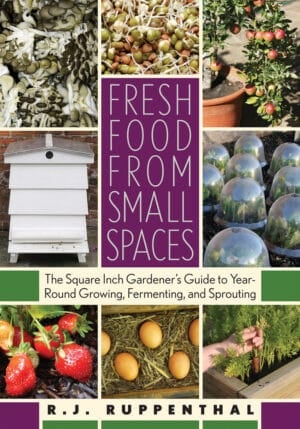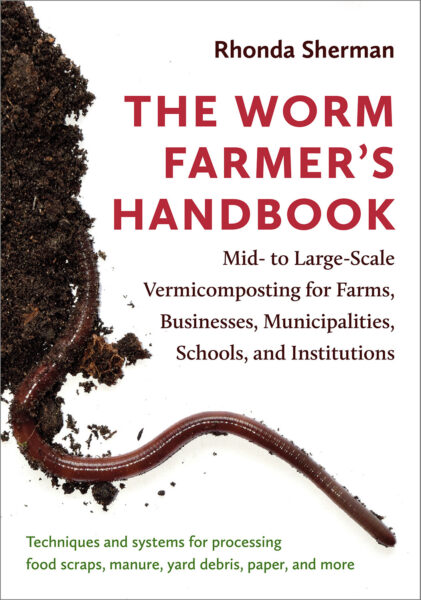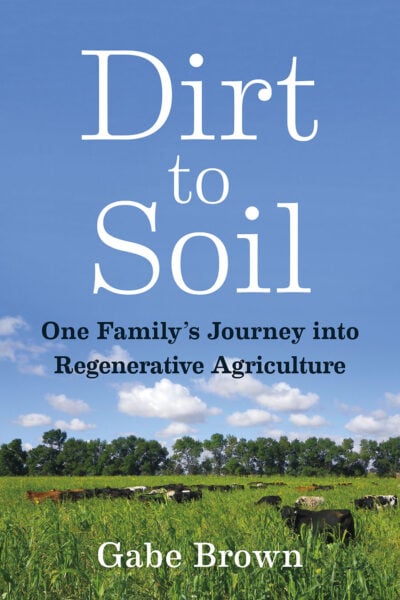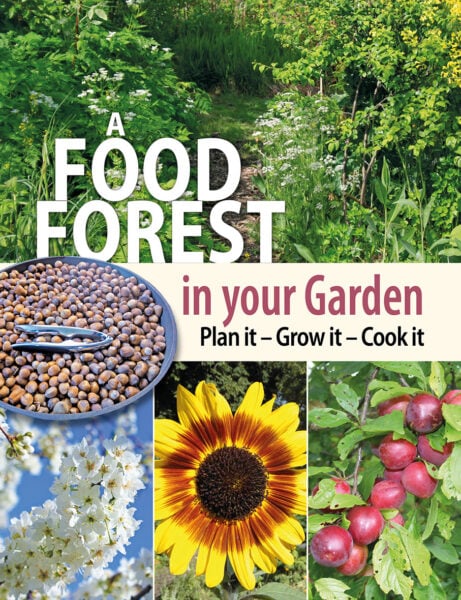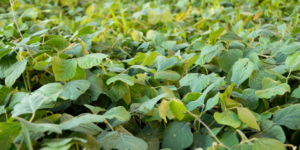Food for Your Garden: Starting a Traditional Compost Pile in Your Yard
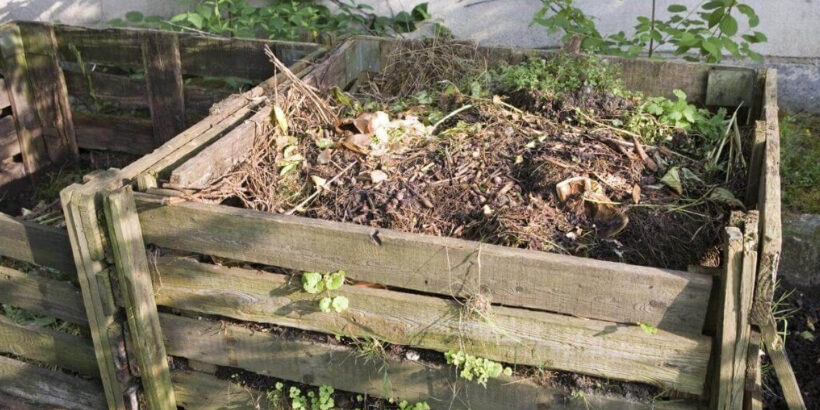
As a society, we make a lot of waste, especially in this culture of on-the-go single-serve disposables.
What can we do to reduce our waste? Use less, recycle and reuse packaging materials, and compost your organic waste. And if you’re a gardener, there’s no reason to throw away this beneficial (and cheap!) source of nourishment for your soil. Compost is the key to a flourishing garden. Easily turn your kitchen scraps and yard waste into food your garden will love.
The following is an excerpt from Fresh Food from Small Spaces by R. J. Ruppenthal. It has been adapted for the web.
How to Start A Traditional Compost Pile
If you have enough space to start a compost pile in your yard, make sure your local city and county ordinances permit it. Some of them have restrictions because open piles can attract rodents and create odors. Assuming that your area allows open-air composting, consider whether you can fit three piles in your yard: one for new compost, one for aging compost, and one for the finished stuff that goes back on your plants. If you just have room for one, that is fine, but in order for your pile to fully break down, you will need to stop adding new material at some point and let it decompose.
Some compost piles are hot, while others never get very warm, and this is a function of the biological activity in the pile while the organisms do their thing. Getting your pile to heat up naturally depends on a long list of factors, including pile size, materials, layering, moisture, external heat, and other variables. But even if it does not heat up much, sooner or later the stuff will break down and you’ll have some good dirt to use on your plants.
Cold compost is perfectly acceptable stuff; it just takes a bit longer to make. Some gardening purists hold that the nutritional content of hot-cooked compost is far superior, but if you are using it as more of a soil amendment than a fertilizer, then this should not matter much. If you want to follow the pure wisdom, then the minimum size for a hot pile is about 4′ x 4′, which will allow enough internal space to create the proper conditions for this biological activity to take place.93 In lieu of this, any untidy heap will break down at its own pace.
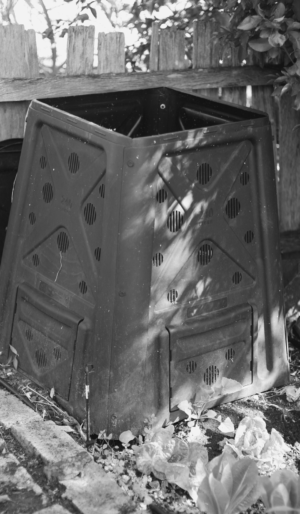
A compost bin can fit almost anywhere, either over garden soil or on a patio. ©iStockphoto.com/davidf
What should you put in your compost pile? Will it stink? Do you have to turn it regularly? The answers are: anything organic, a bit, and not really.
Dead leaves, lawn clippings, food scraps (except meat or fat), newspaper, cardboard, and manure are all organic matter and will break down in your compost pile. Ideally, you want to add a diversity of ingredients.
The pile will break down faster if you add both “browns” (dry ingredients such as dead leaves, newspaper, and cardboard) and “greens” (wet stuff such as food scraps, lawn clippings, and fresh manure).
“Greens” contain plenty of nitrogen while “browns” have more carbon, and your pile needs both. Conventional wisdom holds that the proper ratio is 2 parts “browns” to 1 part “greens,” but you can vary this ratio somewhat. Just remember that a pile of 100 percent leaves takes a lot longer to break down, and 100 percent food scraps may turn into a very wet and slimy mess long before it breaks down. Also, the more diverse sources of waste you add, the better its nutritional output will be for your soil.
Your new pile will stink a bit at first, but if you have never composted before, then you will be pleasantly surprised. It’s not as smelly as you would think. In its early stages, you can cover the compost pile with burlap, a tarp, or a layer of “brown” ingredients such as leaves or cardboard, which will help seal in the moisture and limit any odors. As the compost ages, it begins to smell more earthy, a fragrance that some actually enjoy.
Your compost is finished when you can no longer recognize the individual materials that went into it.
Aerating the pile is optional, but it may speed up the process by delivering oxygen where it’s needed. Use a pitchfork to turn the pile and make sure that both air and moisture are reaching each part. You can do this weekly or less often. And, if you do not want to turn the pile, then it will aerate naturally with time as the layers break down and settle.
Recommended Reads
How to Create a Nitrogen-Rich, Compost-Fed Soil Bed on Your Patio
Recent Articles
Want to see your crops thrive this upcoming growing season? The key is in soil fertility and health. Spend time maintaining your soil’s health to guarantee bigger and better crops come harvest time! The following is an excerpt from No-Till Intensive Vegetable Culture by Bryan O’Hara. It has been adapted for the web. What Is Soil Fertility?…
Read MoreMany know the effects of catnip on our feline friends, but few realize that catnip has medicinal effects for humans. From stomach aches to reducing fevers, catnip is a versatile herb with many benefits. The next time you grow this plant for your cat you may end up taking a few cuttings for yourself! The…
Read MoreIt’s time to take control of your seeds and become a plant breeder! Saving your seed allows you to grow and best traditional & regional varieties, and develop more of your own. The following excerpt is from Breed Your Own Vegetable Varieties by Carol Deppe. It has been adapted for the web. Becoming A Plant…
Read MoreRewilding is one of the best things you can do for the biodiversity of your farm or garden. By no longer mowing your lawn, flowers will start to grow, creating a meadow and a habitat for creatures that often get forgotten. The following is an excerpt from The Healthy Vegetable Garden by Sally Morgan. It…
Read MoreTrying to figure out how to manage weeds in your garden beds? Use cover crops and living mulches for weed suppression while your garden flourishes! The following is an excerpt from The Ecological Farm by Helen Atthowe. It has been adapted for the web. Suppressing Weeds With Cover Crops: Getting Started Cover crops suppress weeds…
Read More

